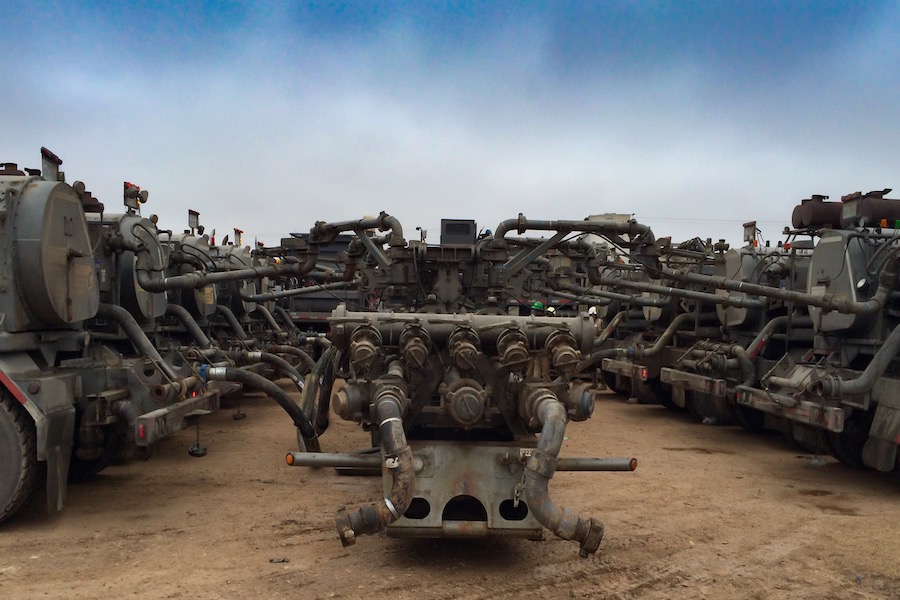
(Energy Analytics Institute, 13.Mar.2022) — Venezuela has historically utilized various thermal recovery methods to assist in the production of its heavy and extra-heavy crude oil (EHCO). A summary of the four most popular in-situ thermal recovery methods follows.
ASSISTING IN THE INCORPORATION PROCESS
VAPEX
The VAPEX process (vapor extraction) usually uses a pair of horizontal wells one above the other and possibly horizontally displaced as well. This process uses a lighter hydrocarbon solvent in the range of propane or butane (or some combination of lighter hydrocarbons) injected into the upper horizontal well. The solvent diffuses into the heavy oil or bitumen diluting it and ultimately reducing its viscosity to enable it to drain by gravity to the lower horizontal producing well.
The operating conditions are controlled with the objective of keeping the solvent in the vapor phase very close to its vapor pressure to maximize the dilution effects of the solvent. The solvent may also have de-asphalting effects on the heavy oil or bitumen depending on the solvent’s composition. This de-asphalting effect upgrades the produced oil.
Cyclic Steam Process
This process may use horizontal or vertical wells depending on the oil bearing formation. Under this process, steam is injected into the well at a pressure above the formation fracture pressure enabling the steam to penetrate farther into the formation. When a predetermined amount of steam has been injected, the wells are shut in for a soak period to enable the energy injected to spread and heat more oil. After the soak stage, the wells are put on production for a period of time until the oil production rates reaches a predetermined minimum rate. Then the cycles repeat with another injection cycle, then another soak period and another production cycle.
THAI
THAI™ is a revolutionary new combustion process that combines a vertical air injection well with a horizontal well. During the process a combustion front is created where part of the oil in the reservoir is burned, generating heat which reduces the viscosity of the oil allowing it to flow by gravity to the horizontal production well. The combustion front sweeps the oil from the toe to the heel of the horizontal producing well recovering an estimated 80% of the OOIP while partially upgrading the crude oil in-situ.
SAGD
This process uses two horizontal wells drilled approximately 5 meters apart (one directly above the other) with the bottom well quite near the bottom of the bitumen bearing formation. Steam is injected into both wells for the pre-heat phase to establish fluid flow communication between the two wells. This normally takes approximately three months. Once communication is established, the bottom wells is converted to a production well and steam is continually injected into the top well. This steam heats the bitumen to reduce its viscosity so that is will drain through the reservoir sand to the producing well. Well pairs are drilled 75 meters to 150 meters apart depending on the quality and thickness of the reservoir.
____________________
By Piero Stewart. © Energy Analytics Institute (EAI). All Rights Reserved. Note: Details from the Energy Analytics Institute archives on upgrading heavy oils.

